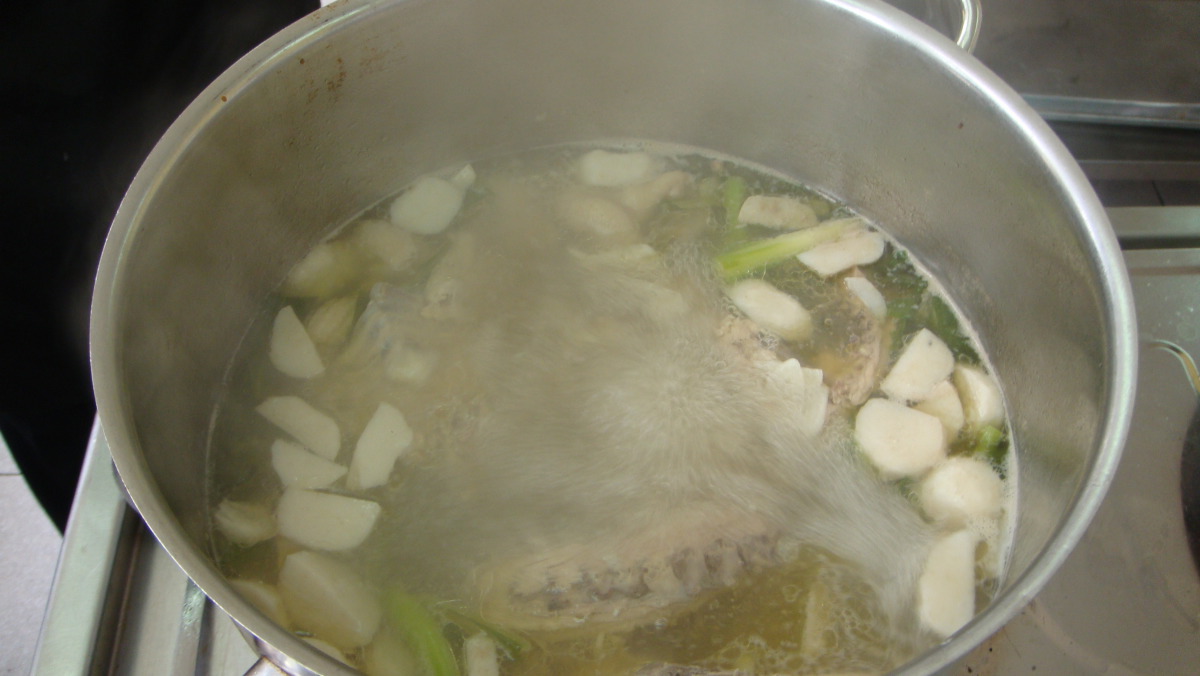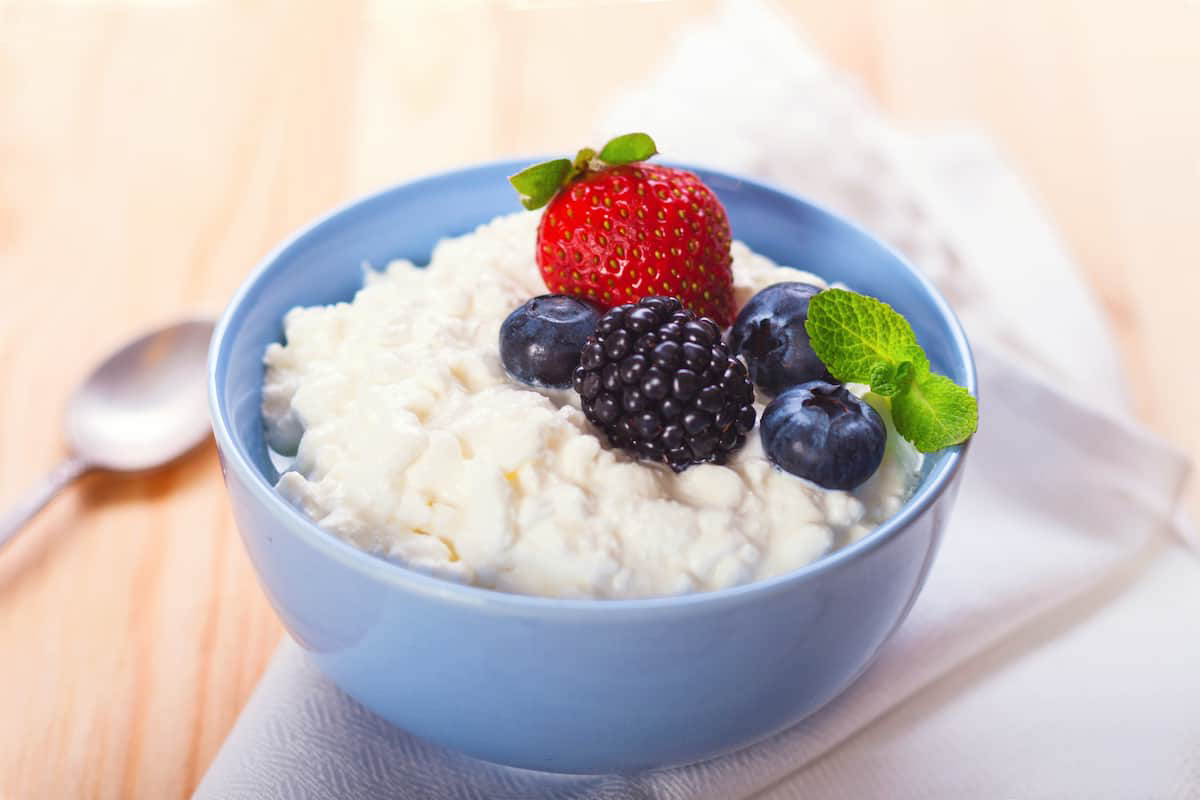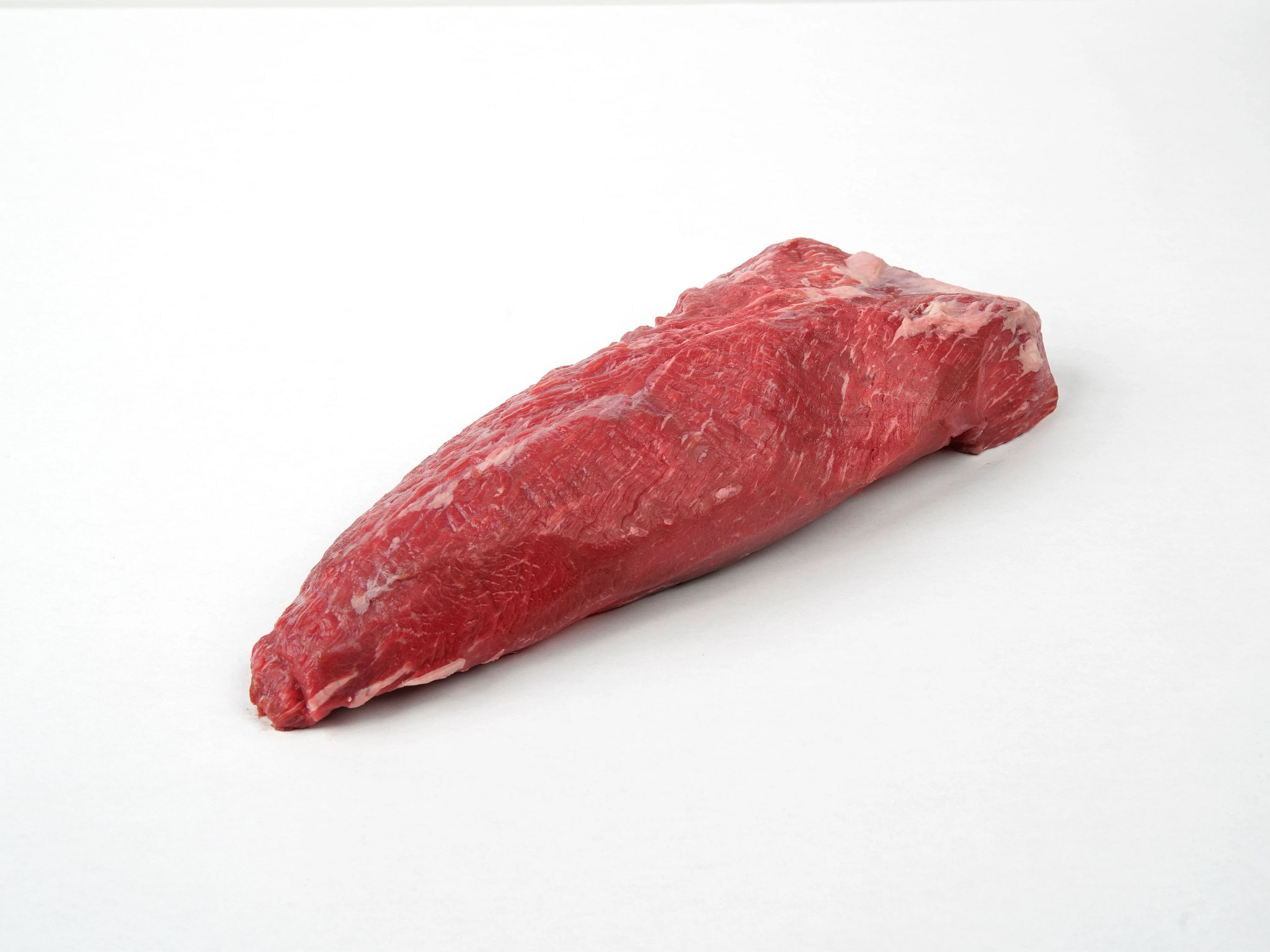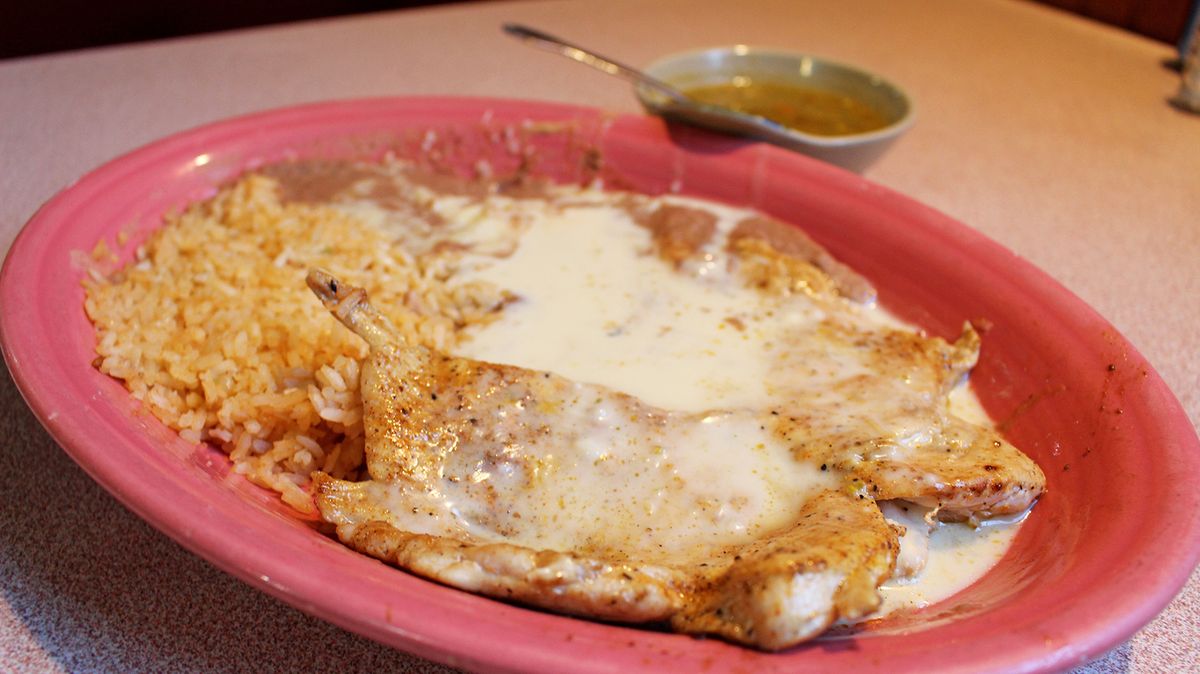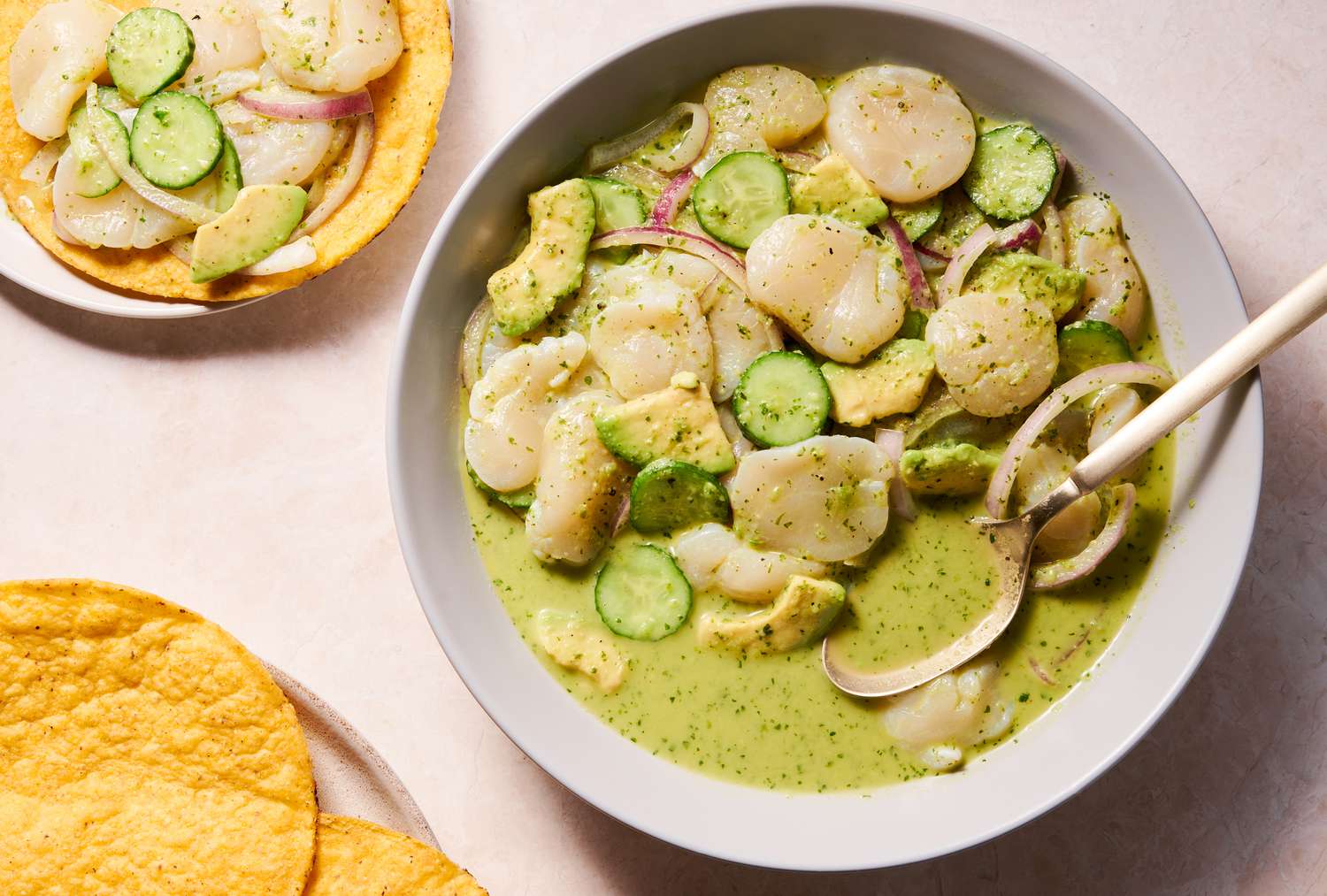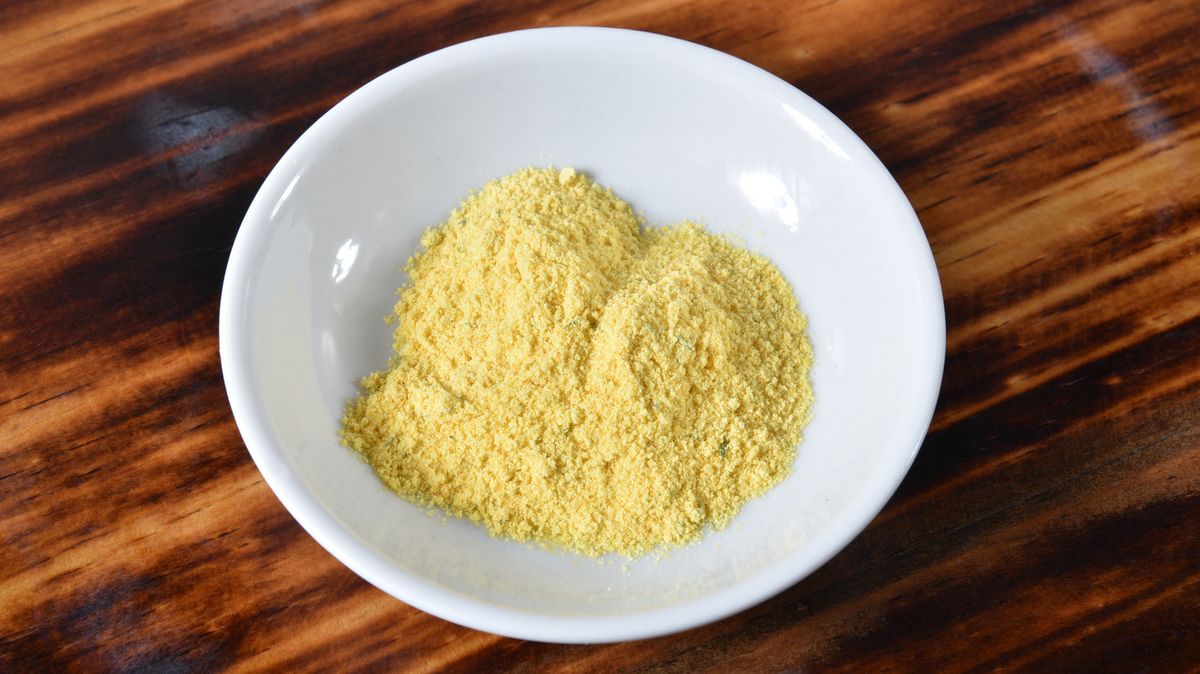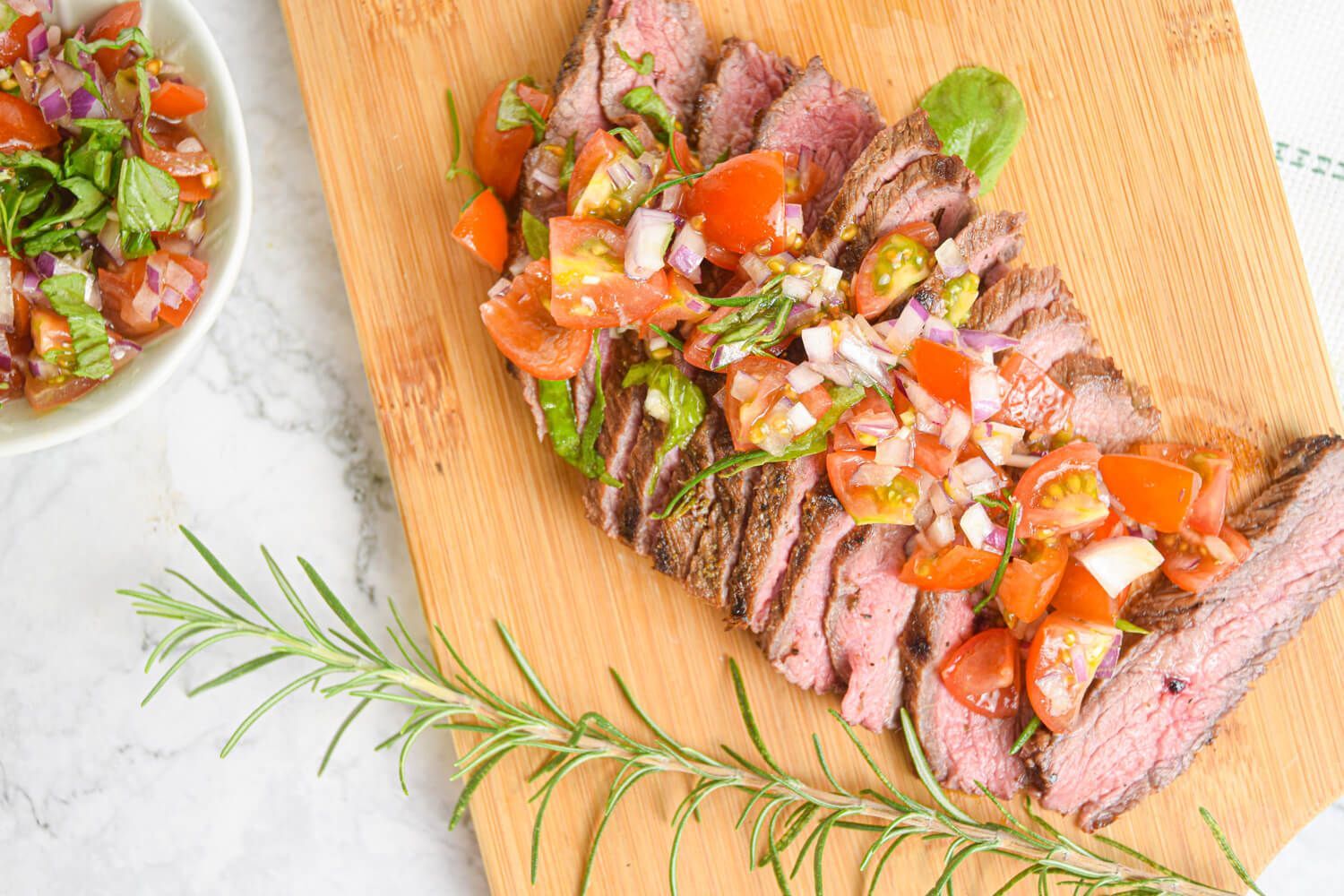When it comes to poultry, there are many parts of the bird that are commonly consumed, such as the breast, thighs, and wings. However, there is one part that is often overlooked or misunderstood – the chicken gizzard. In this article, we will explore what exactly a chicken gizzard is, its nutritional value, and how it can be prepared and enjoyed.
What is a Chicken Gizzard?
The chicken gizzard is a small, muscular organ found in the digestive tract of the bird. Its main function is to grind up the food that the chicken eats, as chickens do not have teeth to chew their food. The gizzard essentially acts as a natural food processor, breaking down the food into smaller, more digestible pieces.
Nutritional Value
While the thought of consuming an organ may not be appealing to everyone, the chicken gizzard is actually quite nutritious. It is a good source of protein, iron, and B vitamins, making it a healthy addition to your diet. In fact, a 3-ounce serving of cooked chicken gizzards provides approximately 30 grams of protein, which is essential for muscle growth and repair.
How to Prepare Chicken Gizzards
There are many ways to prepare and enjoy chicken gizzards. Here are a few popular methods:
-
Fried Chicken Gizzards: This is a popular way to prepare gizzards, often coated in a seasoned flour or batter and then fried until crispy.
-
Grilled Chicken Gizzards: Marinating the gizzards in a flavorful sauce and then grilling them can result in a delicious and nutritious dish.
-
Stir-Fried Chicken Gizzards: Adding gizzards to a stir-fry with vegetables and a savory sauce can create a tasty and nutritious meal.
-
Slow-Cooked Chicken Gizzards: Cooking gizzards in a slow cooker with broth and seasonings can result in tender and flavorful gizzards that can be enjoyed on their own or added to other dishes.
Where to Find Chicken Gizzards
If you're interested in trying chicken gizzards, you can often find them at your local grocery store or butcher shop. They are typically sold cleaned and ready to cook, making them a convenient option for home cooks.
In conclusion, the chicken gizzard may not be the most well-known or popular part of the bird, but it is certainly worth considering adding to your diet. With its nutritional value and versatility in cooking, it can be a delicious and healthy addition to your meals. So, the next time you're at the store, why not pick up some chicken gizzards and give them a try? You might just discover a new favorite food!
Was this page helpful?
Read Next: What Is Café Mocha
